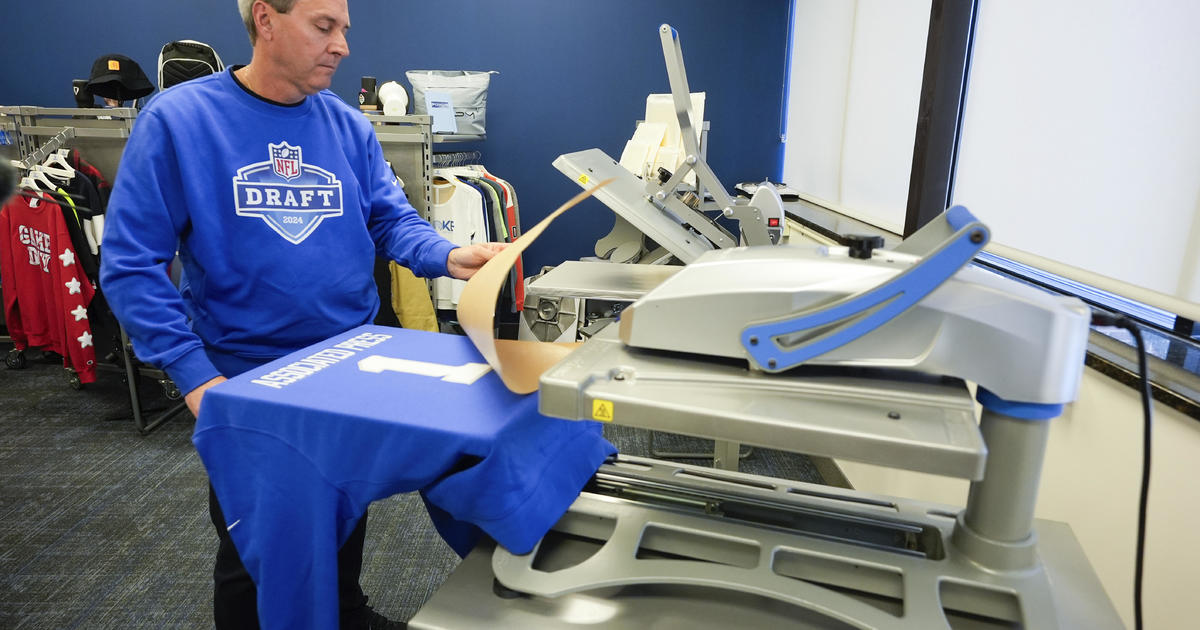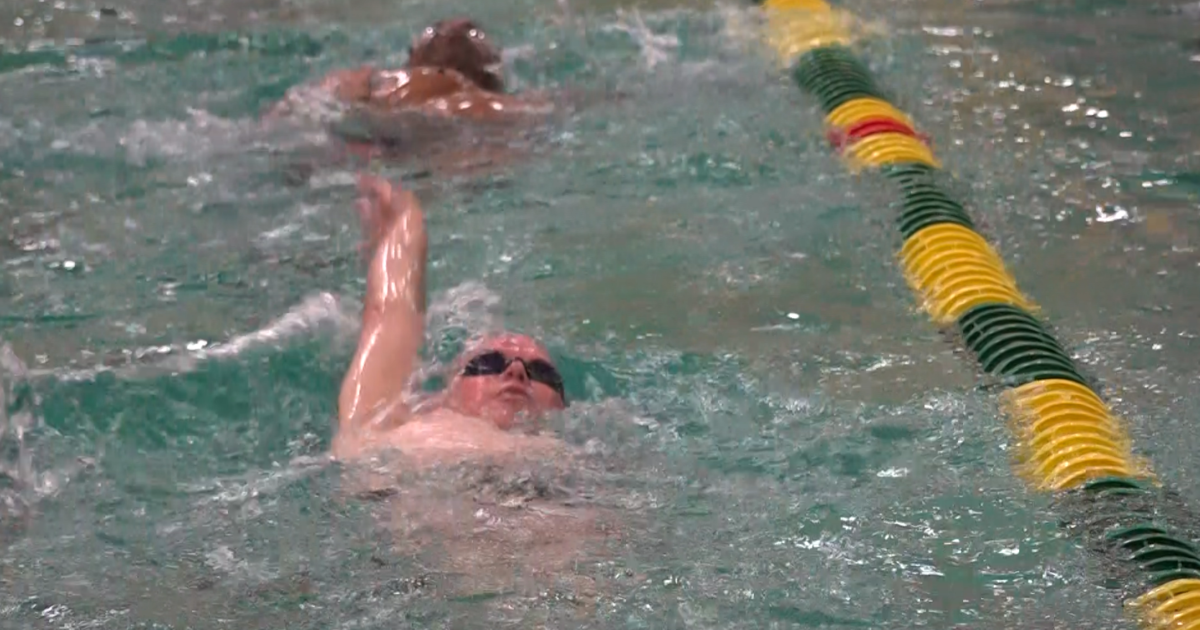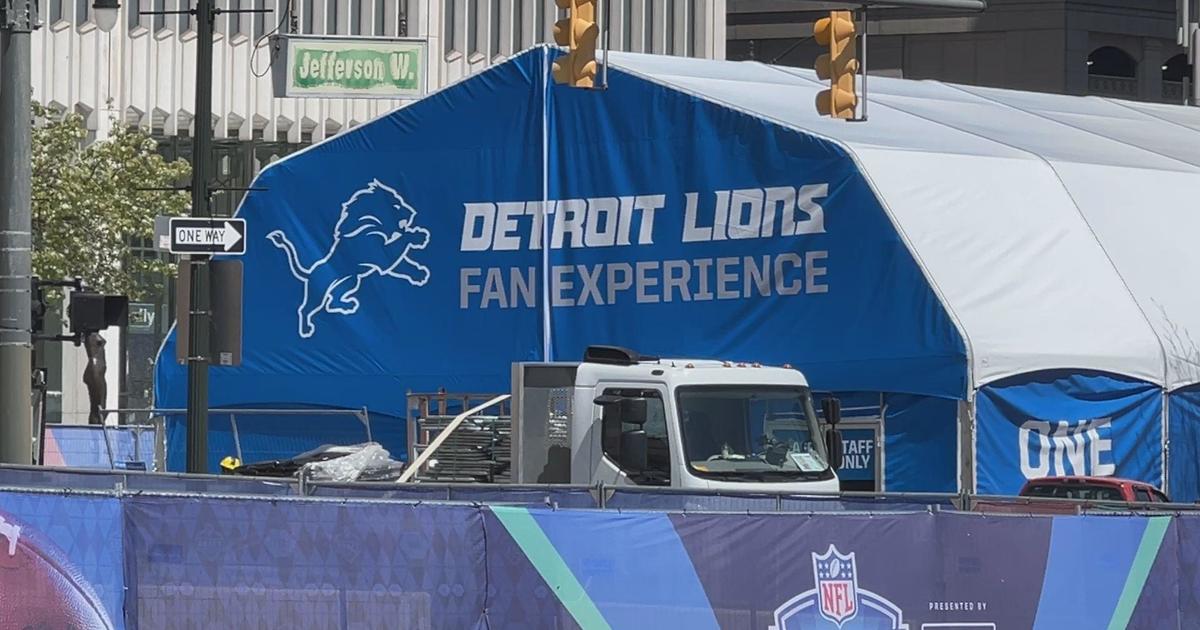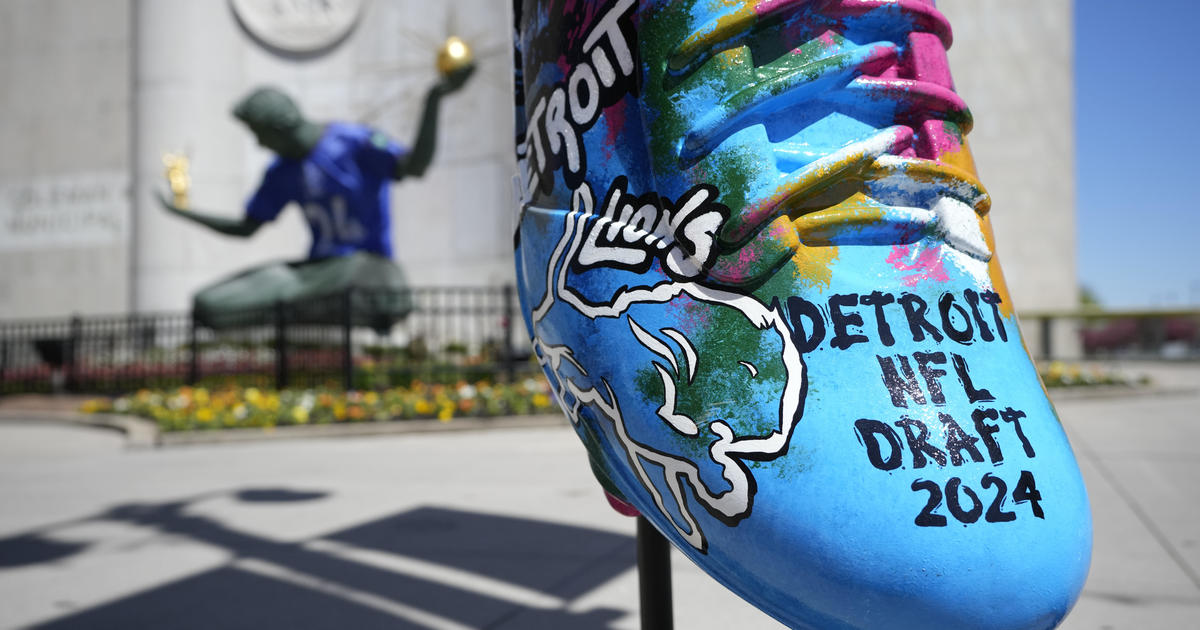Peter Kostis On RBC Canadian Open: 'Dangerous Holes Down In Valley'
The RBC Canadian Open trails the Open Championship in Scotland by a week and precedes the WGC-Bridgestone Invitational and the PGA Championship, the season's last major, in two of the next three weeks. So even 100+ years of tournament history can't necessarily compete with a player's desire to be rested and on form for the most significant stops before the FedExCup playoffs.
But the tournament backers innovated their own solution to solidify their fields, as did John Deere. With title involvement in the Heritage the week after the Masters and the Canadian, RBC established marquee representation on the PGA TOUR, knowing the dividends would pay off tournament week.
Twelve of the top 50 in the world will tee it up this week at Glen Abbey, including #1 Dustin Johnson, #4 Brooks Koepka and #11 Tommy Fleetwood. Toss in highly ranked FedExCup performers Bubba Watson (#4) and Tony Finau (#10), along with former Masters champion Sergio Garcia, and there is plenty of crowd appeal.
Two-time defending champion, Jhonattan Vegas, will be looking to three-peat this weekend, a rare accomplishment on the PGA TOUR.
CBS Sports' Peter Kostis, now spending time in the tower as well as on the course, shares some observations about the event.
>>WATCH: The RBC Canadian Open Live Stream
Glen Abbey, at a little over 7200 yards, is moderate in length by PGA TOUR standards. Where are the holes a player needs to worry about losing ground to the field, and where are the chances to move up?
Starting with the dangerous holes, when you get down in the valley. The 11th hole down the hill is a very difficult hole, and the next hole, the par-3, 12th, [both] are places where a player can make a big number. Near the end of the stretch is the par-5 16th, which can be taken advantage of, and also 18. A player can finish three-three-three there and make up a bunch of ground.
This year on TOUR there has been a mini-trend that 54-hole leaders are not becoming 72-hole champions. A lot of hot rounds on Sunday. Any theories on why that is the case?
They are setting up the golf courses [to be] a little more benign. They are not tucking the pins in ungodly places on Sunday. A few years ago, the 54-hole lead was the Holy Grail, because the pins were so difficult on Sunday that it turned it into the land of the 30-foot birdie putts for everyone. As a consequence, it was very difficult to make up ground.
Now you can't sit on a lead. You can't go into a prevent defense on Sunday. You still have to stay on offense.
It's a pretty good field this week following a major. Pick a player or two that you like this week.
Things are getting pretty tight at the top of the world rankings, so I have to look at Dustin Johnson. He would be my odds-on favorite this week to play well and maybe cement his position as World's #1.
>>MORE: Golf Expert Interviews
Jhonattan Vegas, who has won this tournament the last two years, has done very little on TOUR this year. How much does the confidence of having won in Canada the last two times help to negate the poor performance in 2018?
It's always fun to go back to a place where you have had success. You remember the shots you've hit. You get a good vibe. And sometimes it can take a little bit of the pressure off that you invariably put on yourself when you're not playing well. So going back to a place where you have won before is always a plus. It can let you back off and remember the successes you have had and maybe recreate that feeling.
Starting with the Open, some players in the field are playing three of the four weeks in really high-stress events. What's the key to being fresh over that stretch?
Take Tiger, for example. He is taking the Canadian off and I think Greensboro off. But starting with the British, he is playing eight out 10 weeks, assuming he makes it all the way through the playoffs. This is the crunch time of the year. And a lot of players have realized that, and it's reflected in their schedule. They took time off between the U.S. Open and the British Open to get rested, to get themselves refreshed and prepared mentally for the grind that is the next eight or nine weeks.
A player who is getting a lot of love these days because of his showings, particularly in the majors, is Tommy Fleetwood. Is there still a difference between the American game and the European game, and what do you like about Fleetwood as a player?
I like his golf swing. I like the aggressiveness and the confidence with which he plays.
But I don't necessarily buy into an American game and a European game anymore. If you look at the European Tour, I don't know that they play more than 20 percent of their events in Europe. They're in the Far East. They're in the Middle East. They're all over the place. There isn't a big difference between the golf courses that the two Tours play, other than greens that are not quite as fast as on the U.S. Tour. Generally speaking, golf around the world has kind of homogenized itself. There is still the odd week, like the Open last week, where it's completely unique to a lot of players. It was unique to a lot of the European players. They had never seen a golf course that was that fiery in recent memory.
Dan Reardon has covered golf for radio station KMOX in St. Louis for 33 years. In that time, he has covered more than 100 events, including majors and other PGA, LPGA and Champions Tour tournaments. During his broadcast career, Reardon conducted one-on-one interviews with three dozen members of the World Golf of Fame. He has contributed to many publications over the years and co-authored the book Golf's Greatest Eighteen from Random House. Reardon served as Director of Media relations for LPGA events in both St. Louis and Chicago for 10 years.



